HAND OR MACHINE CASTING – THAT IS THE QUESTION…
- Nov 19, 2024
- 2 min read
Updated: Dec 4, 2024
Casting machines can make life a lot easier when it comes to making climbing holds. Gregor explains to us when it makes sense to buy one and what you need to bear in mind.
Gregor, you are our expert when it comes to casting machines. Can you explain to us when it makes sense to switch from manual to machine casting?
Hand casting is great for getting a feel for the material or for casting small test quantities. But if you want to cast a climbing hold in series and therefore larger quantities, it becomes difficult: it gets hectic because you have to pour the resin quickly, you need at least two people, you work imprecisely and you spill material. When I see something like that, I say: people, get a machine! That way you save material, one person can work calmly and concentrate, there is no rush and that also increases the quality of the holds. So, as a rough estimate, I would say that you should get a machine as soon as you start pouring 20 kilograms in one go.
How exactly does a casting machine work?
It's actually quite simple. There are two containers attached to the machine. The ones supplied are usually too small and you have to replace them with larger ones. You fill one with the resin and the other with the hardener. Next you set the exact mixing ratio and then you're ready to go. The finished casting compound comes out of the mixing head, mixed in exactly the right ratio and degassed, and you can pour the climbing holds into the silicone mold. Done!
That sounds really quite simple.
And it is. A machine like this doesn't have to be able to do much; technical frills are completely superfluous.

How much do you have to invest in a casting machine?
That depends on whether you want a used or a new machine. Both are possible, and both options have advantages and disadvantages. Used machines are cheaper to buy. They are so robust that if you look after them well and service them regularly, they can last a very long time. However, I don't know whether there have been any problems and I have to modify them myself for my purposes, for example with the larger containers. A new machine, on the other hand, has the advantage that every part is new and unused and therefore works reliably. You get it with a guarantee and support, and the manufacturer can also deliver it exactly as you need it. For a new machine, I have to expect to pay 20,000 to 25,000 euros, and a used one is available for under 2,000 euros.
How do you get a suitable machine?
The best way is to contact me, then we can talk about your needs and budget. I know a lot about it and would be happy to help you choose - even if it's a used machine. I'm looking forward to it!
Contact: gfranzen@ebalta.com






Comments